Purification
Purification
How do you purify your sample using liquid chromatography? Depending upon the nature of your sample and the purity required, there are several options available ranging from basic flash chromatography to mass directed preparative HPLC. If you have critical samples to purify, let us help you find a solution.
Product pages
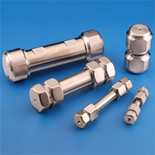
Preparative LC Columns
Are you looking to scale up from analytical to prep or wondering which phase you need? We can help.

Bulk Sorbent
We can help you find the correct bulk media for your specific purification, whether polymer based resins or a silica based phase, we can help.
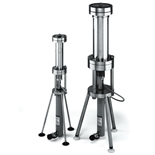
Preparative HPLC column hardware
If you are looking to pack your own columns for Preparative HPLC, we have a range of self-packer hardware options
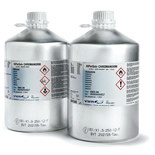
Solvents for Preparative HPLC
Your purification is the final step in a process. Selecting the correct solvent is important in order to achieve the best yield.

Preparative Instrumentation
Discover our range of preparative LC instruments From Out-Of-The-Box to modular setup, the best fit for your application.
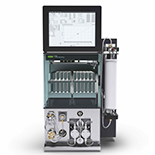
Flash Instrumentation
Discover our range of Flash LC instruments. Speed up your purification with high quality instruments.
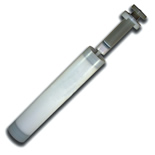
Automated Flash Chromatography
If you are looking for a range of flash cartridges with a range of selectivities, see our range here.
What is Low pressure Chromatography?
The main difference between high and low pressure chromatography is the amount of pressure applied to the sample to separate its components.
High pressure liquid chromatography (HPLC) may require the use of multiple pumps and results in high resolution. HPLC samples are often not collected for further use but are instead directly analyzed in conjunction with other techniques like mass spectrometry.
In comparison, low pressure liquid chromatography (LPLC) usually uses only one pump to force the mobile phase through the column and results in lower resolution. This pump applies low pressure, and this type of chromatography is used for preparative or purification chromatography to obtain individual components from the sample.